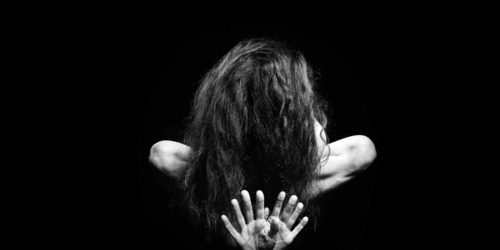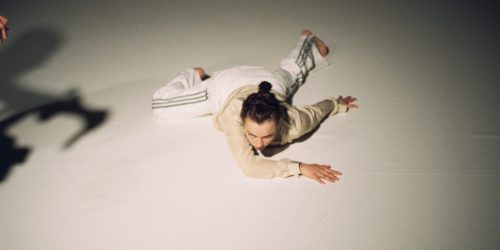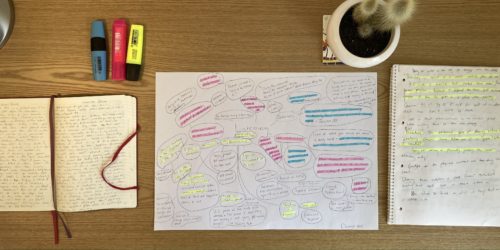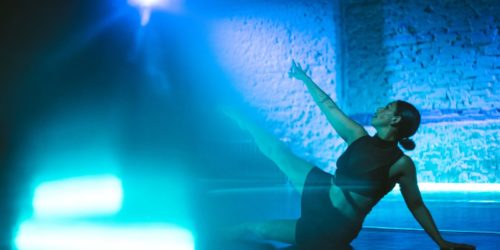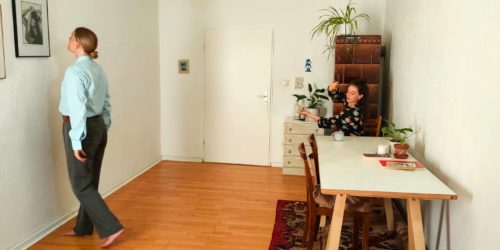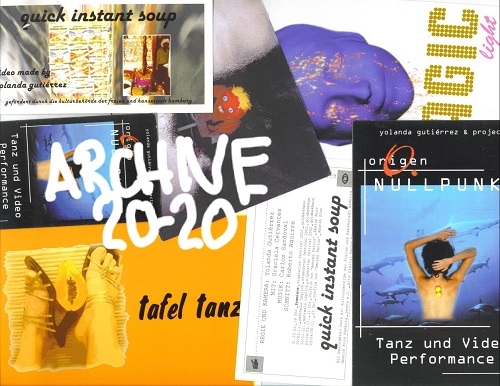Searching for the dance of meaning – Further remarks on Basque Bertsolaritza as a tool for dance making. Rafal Dziemidok

In order to address the issue, if Bertsolaritza can be an inspiration or an instrument for the practice of dance improvisation, one needs to understand certain terminology.
I. Definitions:
1. Bertso. A stanza, a group of lines forming the basic, recurring metrical unit of a poem. Or a poem itself.
2. Bertsolari. Someone capable of improvising Bertsos in front of an audience.
3. Air. Melody. It can be a folk or a pop tune, a known song or a special composition. Currently, more than 3000 airs are available online for the Bertsolaris to learn.
4. Rhyme. An easy rhyme is a poor rhyme. It is the essential guideline for the Bertsolari, it construes the score of the improvisation. It is also the guideline for the audience to remember the pieces.
5. Metre or meter: A counting measure based on number of syllables which make a verse. The more verses, the more rhymes.
6. Last rhyme first. A strategy of first composing the ultimate rhyme and then the penultimate one, which leads to the choice of air, which defines the meter. It is a fundamental rule for the improvisation, a technique in which all Bertsolaris are trained.
7. Blending and contextualizing. Instruments used in the improvisation process bringing the personal and the public (political, current) into a Bertso, aimed at connecting with the audience.
8. Distancing. A technique of approaching the subject matter a certain way, so the ‘temperature’ of the Bertso can appeal to the audience divided over more and more sophisticated, controversial and global topics.
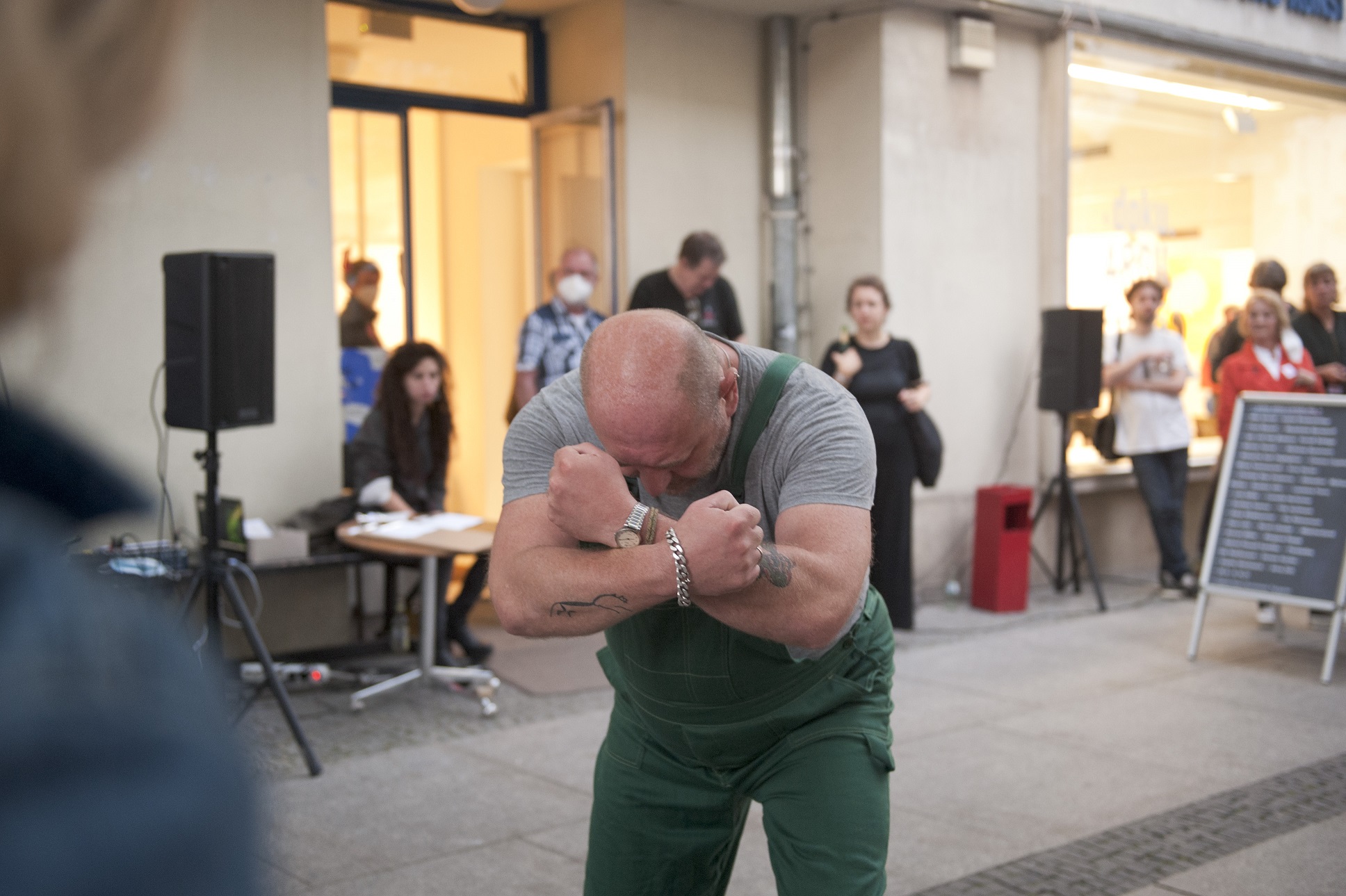
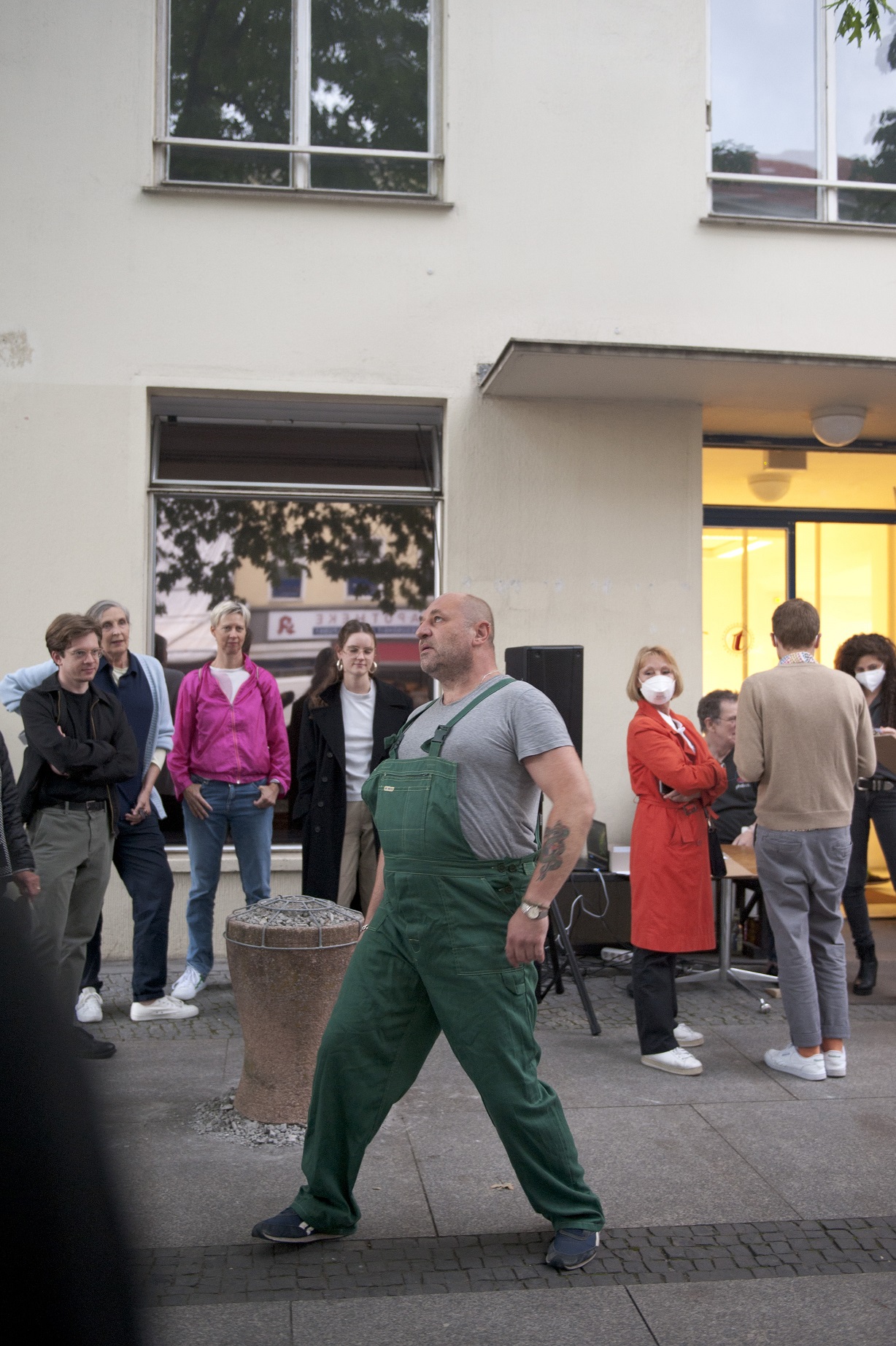
My research and studio practice around those terms, an attempt to discover their possible meanings in the dance improvisation world, lead me into making the following assumptions.
II. The things that dance/dance improvisation and Bertsolaritza share:
1. facing a divided, polarized audience saturated in the modern day information consumption
2. formality of the art form itself
3. virtuosity and its understanding
4. the necessity of the artists to search for ones own range, in every sense.
5. certain ‘poverty’ of material – highly formally constrained language v. formal and expressive body as main and only storytelling vehicles
6. coding and decoding the material (neither dancers nor Bertsolaris can directly say what they want)
7. the creative tension between composition and improvisation
8. the skill of making choices, of a movement, of a word.

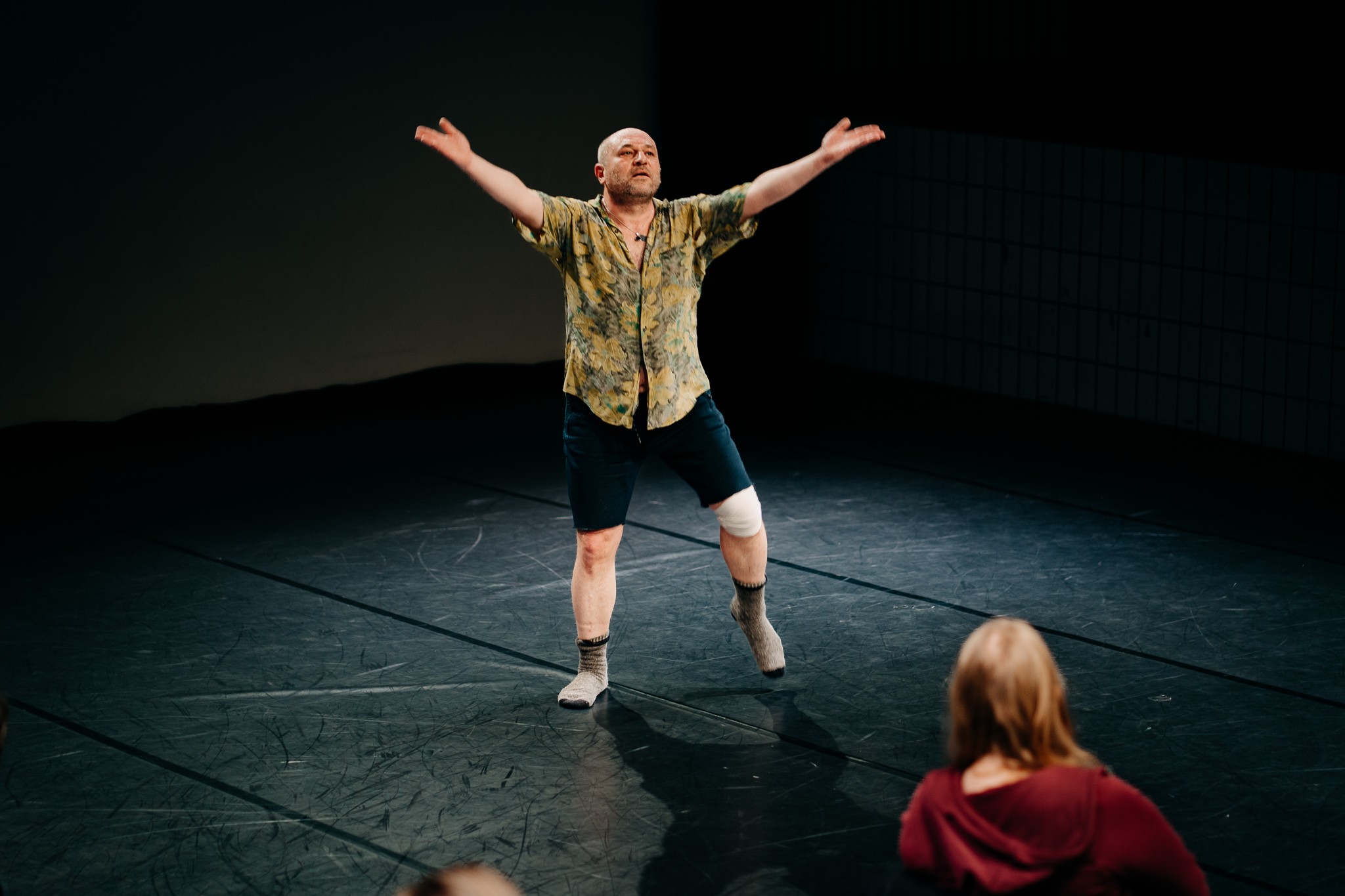
As a practical researching artist I am also compelled to ask the following questions.
III. Questions:
1. What could a recurring metrical value in dance actually mean? Is it even anything which is of importance for dance/dance improvisation? What is melody in dance? Maybe a better question to ask would be what is the melody of dance? How does dance rhyme? Does it rhyme at all?
2. How could the competitive aspect of Bertsolaritza, which serves greatly the popularization and communal practice of it, be of importance or inspiration in the already insanely competitive dance world?
3. Is the question of priority given to emotional rather than aesthetic effect of art of any gravity in the world of dance improvisation?
4. How could information about Bertsolaritza be of help for dancers/choreographers working on the borderline of literature and dance? Or dance and spoken word?
5. How does that the concept of spiritual and creative power of making Bertsos, openly embraced and claimed by the Bertsolaris, resonate with dancers?
6. Can body, dance of the body, have a similar power of integrating and celebrating a community as spoken language (Bertsolaritza is a uniquely Basque art form, it is fully immersed in this specific language)? Some of those questions I can aspire to answer already, some of them are still a topic of my further research and practice, which aims at the foundation of a comprehensive workshop/class paying tribute to Bertsolaritza. Speaking from my own experience, working on it has enriched my work tremendously, as it offers a whole universum of techniques, patterns, codes and structures which are to be used for creation in front of the audience. I believe that such a workshop could facilitate the skill of an improviser to make conscious and specific choices both of movement and its composition. At the same time, it promotes creativity and personal approach to work. It could be a refreshing, comprehensive and exciting way of training.

